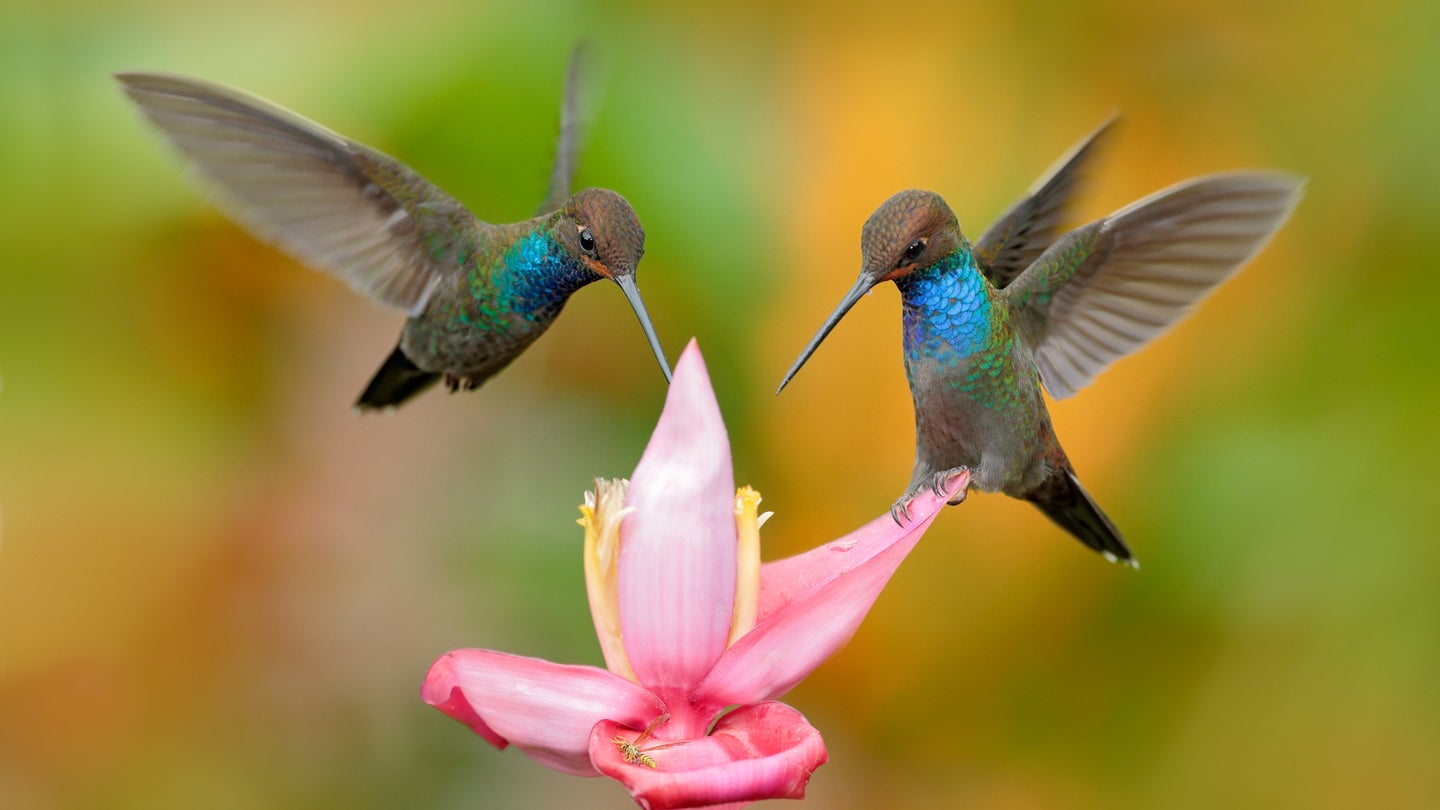
Hummingbirds’ tiny frames cast a huge shadow over the drone and aerial vehicle industry—their recognizable, precise flight and hovering maneuvers long used as inspiration for artificial wings and other propellers. As influential as they are, however, much of what is understood about the birds’ movements is drawn largely from flight activity observances in both real-life and artificial environments.
That comparatively limited knowledge has been greatly expanded upon by researchers at Penn State University recently “reverse engineered” the musculoskeletal system of hummingbird wings to provide some of the best details yet regarding the tiny avian animals’ movements. Now, a wealth of new information is becoming available for designers of the next generation of drones.
To inform their new modeling method, the team utilized a combination of preexisting anatomy literature, computational fluid dynamics simulation data, and wing movement captured via micro-CT and X-ray scans. They then combined this copious information with what’s known as a genetic algorithm, an optimization program based on evolutionary strategies, to gain novel insights into some of hummingbirds’ most delicate facets of flight.
[Related: Hummingbirds routinely hit 9Gs like it’s no big deal.]
“We can simulate the whole reconstructed motion of the hummingbird wing and then simulate all the flows and forces generated by the flapping wing, including all the pressure acting on the wing,” Bo Cheng, professor of mechanical engineering at Penn State, said in the university’s announcement earlier this month.
One of the chief discoveries from their new modeling system is that hummingbirds’ primary muscles, known (seriously) as “flight engines,” don’t simply cause wings to flap back and forth. Instead, they actually move their wings in three different directions—up and down, back and forth, as well as a twisting or pitching motion. Researchers likened the motions to tightening one’s core muscles while working out to improve agility and stability.
“They tighten their wings in the pitch and up-down directions but keep the wing loose along the back-and-forth direction, so their wings appear to be flapping back and forth only while their power muscles, or their flight engines, are actually pulling the wings in all three directions,” Cheng explained. “In this way, the wings have very good agility in the up and down motion as well as the twist motion.”
Although additional testing validation is still required, the team is confident their observations could one day positively influence future drone technological advancements that rely on more accurate hummingbird biomimicry.
The post Reverse-engineered hummingbird wings could inspire new drone designs appeared first on Popular Science.
Articles may contain affiliate links which enable us to share in the revenue of any purchases made.
from Popular Science https://ift.tt/oCnq3g5




0 Comments